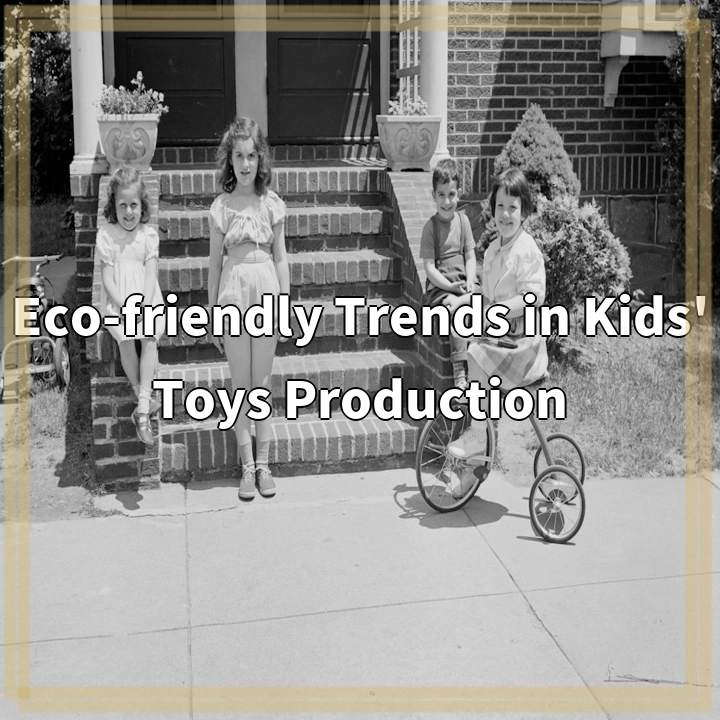Physical Address
304 North Cardinal St.
Dorchester Center, MA 02124
Physical Address
304 North Cardinal St.
Dorchester Center, MA 02124

Eco-friendly trends in kids’ toys production are gaining momentum as manufacturers strive to minimize the negative impact on the environment. By adopting sustainable practices in production, packaging, and distribution, toy makers are reducing waste, conserving resources, and minimizing pollution.
Traditional manufacturing practices in the toy industry have contributed to several environmental issues. One of the major concerns is the use of plastic materials, which take hundreds of years to biodegrade and often end up in landfills or pollute the oceans. Additionally, the production of plastics and other non-renewable materials leads to greenhouse gas emissions and consumes significant amounts of fossil fuels.
Excessive packaging is another problem in the toy industry, generating large amounts of waste and requiring energy and resources to produce. The disposal of packaging materials further exacerbates the environmental impact.
Moreover, the throwaway culture associated with many toys leads to resource depletion and waste accumulation. The constant cycle of purchasing and discarding toys has a significant ecological footprint.
The extraction and processing of raw materials for toy production, such as wood and metals, can also result in deforestation, habitat loss, and pollution from mining activities.
Addressing these real-world problems requires implementing various solutions:
Toy manufacturers are prioritizing the use of eco-friendly and non-toxic materials. Opting for natural materials like wood, organic fabrics, and plant-based plastics, which are biodegradable and renewable, significantly reduces the environmental impact compared to traditional plastic toys.
Minimizing packaging waste is crucial. Toy makers can achieve this by using sustainable materials, adopting innovative packaging designs, and promoting packaging-free options. These measures help reduce waste generation and encourage a more sustainable consumption culture.
Designing toys for durability and longevity reduces the need for constant replacements. Toy manufacturers can create products that are repairable, modular, or adaptable, encouraging long-term use and reducing the overall ecological footprint.
Promoting toy recycling programs and incorporating recycled materials into new toy production significantly reduces resource consumption and waste generation. Upcycling old toys into new ones also provides a creative way to give toys a new life and minimize environmental impact.
Increasing awareness among consumers, parents, and children about the environmental impact of toys is crucial. Educating children about sustainability and responsible consumption instills lifelong habits that prioritize the environment.
Implementing these solutions will contribute to a more sustainable and environmentally conscious kids’ toy industry, ensuring a healthier planet for future generations.
If you’re wondering where the article came from!
#